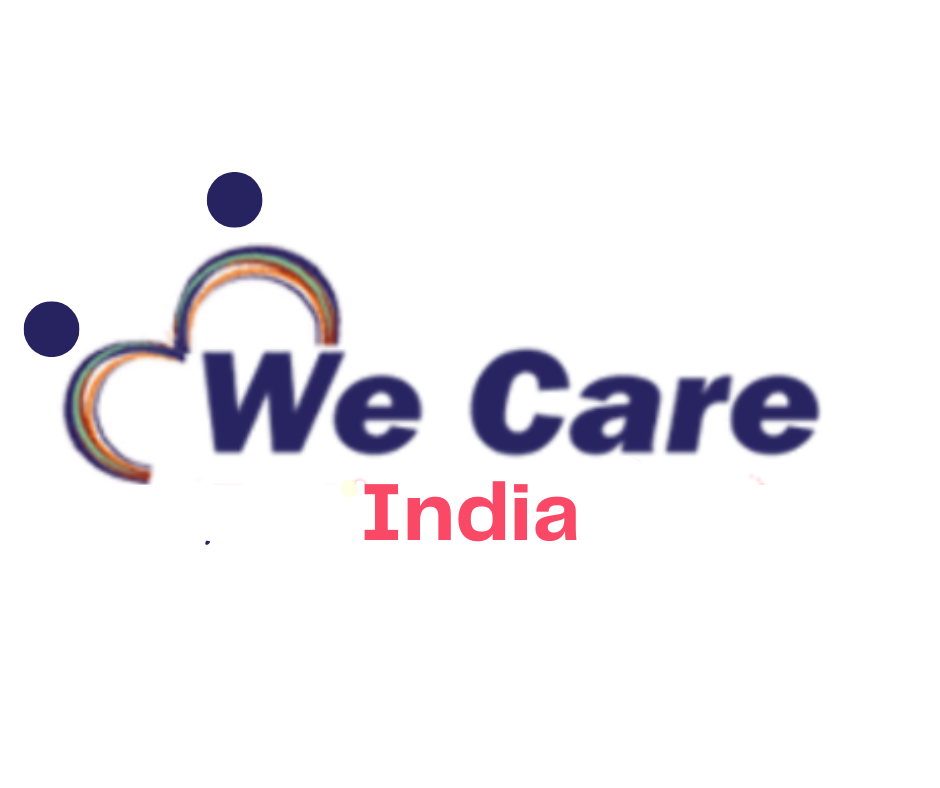CSF Shunt Procedures in India: Effective Treatment for Hydrocephalus
This procedure involves the insertion of a shunt system to divert the excess fluid from the brain to another part of the body, where it can be absorbed. In India, CSF shunt procedures are performed by highly skilled neurosurgeons who use advanced technology to ensure precise and safe outcomes.


Free Doctor Opinion
Ventriculoperitoneal shunting is surgery to relieve increased pressure inside the skull due to excess cerebrospinal fluid (CSF) on the brain (hydrocephalus). This article primarily discusses shunt placement in children.
Description in India
This procedure is done in the operating room under general anesthesia. It takes about 1 1/2 hours.
The child’s hair behind the ear is shaved off. A surgical cut in the shape of a horseshoe (U-shape) is made behind the ear. Another small surgical cut is made in the child’s belly.
A small hole is drilled in the skull. A small thin tube called a catheter is passed into a ventricle of the brain.
Another catheter is placed under the skin behind the ear and moved down the neck and chest, and usually into the abdominal (peritoneal) cavity. Sometimes, it goes to the chest area. The doctor may make a small cut in the neck to help position the catheter.
A valve (fluid pump) is placed underneath the skin behind the ear. The valve is attached to both catheters. When extra pressure builds up around the brain, the valve opens, and excess fluid drains out of it into the belly or chest area. This helps decrease intracranial pressure.
The valves in newer shunts can be programmed to drain more or less fluid from the brain.
Why the Procedure is Performed ?
In hydrocephalus, there is a buildup of fluid of the brain and spinal cord (cerebrospinal fluid or CSF). This buildup of fluid causes higher-than-normal pressure on the brain. Too much pressure, or pressure that is present too long, will damage the brain tissue.
A shunt helps to drain the excess fluid and relieve the pressure in the brain. A shunt should be placed as soon as hydrocephalus is diagnosed.
Risks Risks for any anesthesia are : –
- Reactions to medications
- Problems breathing
- Changes in blood pressure or breathing rate
Risks for any surgery are : –
- Bleeding
- Infection
Possible risks of ventriculoperitoneal shunt placement are : –
- Blood clot or bleeding in the brain
- Brain swelling
- The shunt may stop working and fluid will begin to build up in the brain again
- The shunt may become infected
- Infection in the brain
- Damage to brain tissue
- Seizures
Before the Procedure in India
If the procedure is not an emergency (planned surgery) : –
- Tell your doctor or nurse what drugs, supplements, vitamins, or herbs your child takes.
- Give any drugs the doctor told you to give your child. It is okay if they take them with a small sip of water.
- The doctor or nurse will tell you when to arrive at the hospital.
Ask your doctor or nurse about eating and drinking before the surgery. The general guidelines are : –
- Older children should not eat any food or drink any milk for 6 hours before surgery, but they can have clear fluids (juice or water) up until 4 hours before the operation.
- Infants fewer than 12 months can usually eat formula, cereal, or baby food until about 6 hours before surgery. They may have clear fluids up until 4 hours before the operation.
Your doctor may ask you to wash your child with a special soap on the morning of the surgery. Rinse well after using this soap.
After the Procedure in India Your child will need to lie flat for 24 hours the first time a shunt placed. After that your child will be helped to sit up.
The usual stay in the hospital is 3 to 4 days.The doctor will check vital signs and neurological status often. Your child may get medication for pain. Intravenous fluids and antibiotics are given. The shunt will be checked to make sure it is working properly.
Read Also :-
- Colostomy Surgery in India: Comprehensive Care for Digestive Health
- Chin and Cheek Augmentation in India: Enhance Your Facial Profile
- Sigmoidoscopy Surgery in India: Early Detection and Affordable Care for Colon Health
- Cholecystectomy (Gall Bladder Removal) in India: Safe & Affordable Surgery
- Carotid Endarterectomy in India: Advanced Stroke Prevention Surgery
- Cholesterol Embolism Surgery in India: Expert Care for Vascular Health
Committed To Build Positive, Safe, Patient Focused Care.
High Quality
Care
Home Review
Medicine
All Advanced
Equipment
Book An Appointment

At We Care India, we offer complete medical services for your entire family, from routine check-ups to injury care, ensuring personalized attention and expert assistance for all your health needs.


